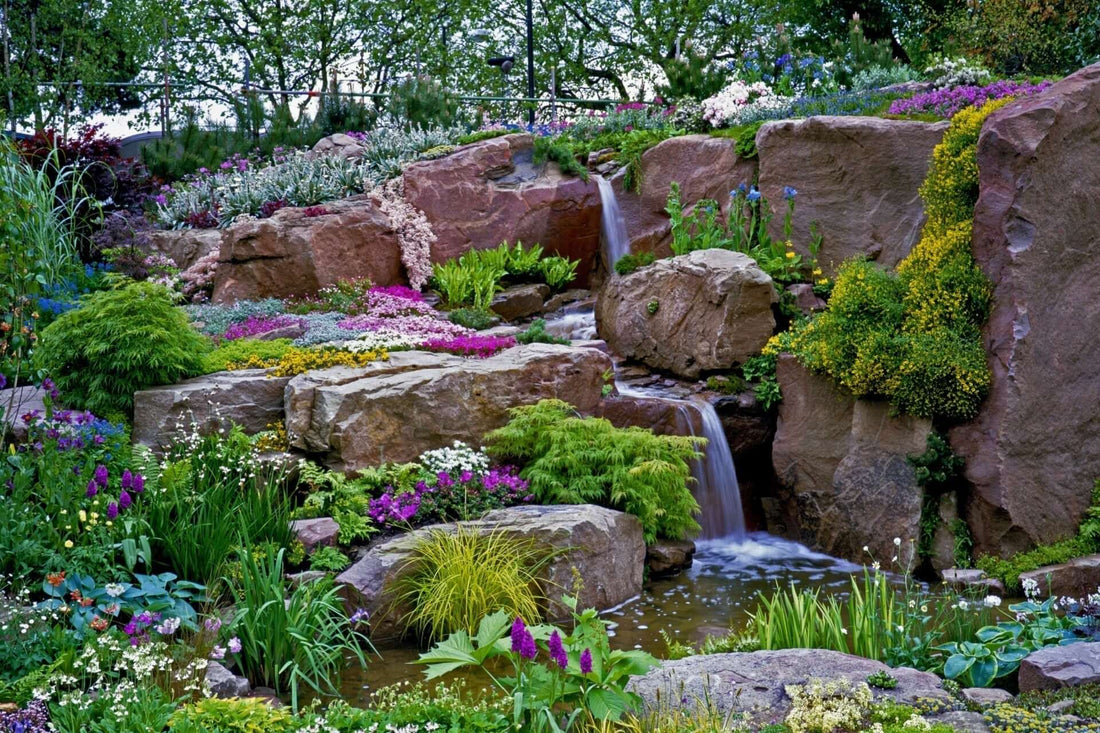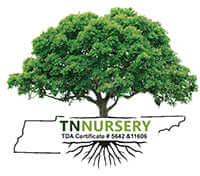
Miniature Mountain Marvels
Share
Alpine and Rock Gardens: Showcasing Nature's Majesty in Miniature
The essence of high-altitude environments and rugged terrains is brought to life through compact decorative alpine and rock gardens. The specialized nature of these gardens has grabbed the attention of both beginner and expert gardeners due to their unique ability to display various plant species that successfully grow in complex environments. Gardens that simulate rocky and well-drained environments enable gardeners to discover a distinct part of the botanical spectrum where select plants naturally thrive. Though using rocks and gravel might appear unusual at first sight, they serve as aesthetic and practical components that create visual appeal and establish perfect conditions for many alpine species to prosper. Classic features of these gardens include dwarf conifers alongside small flowers, which show vibrant colors even in harsh growing conditions. With intentional design choices and plant selection, you can turn limited urban areas and extensive rural plots into dramatic rock gardens that echo the grandeur of mountain peaks.
The lasting fascination with alpine and rock gardens stems from their ability to provide visitors with a sense of exploration. Gardeners who display scaled-down mountain landscapes can create an immersive experience that transports visitors into a botanical adventure. Rock gardens maintain visual interest throughout the year since selected plants bloom in different seasons. The visual effect of the garden improves when rocks, gravel, and stone slabs are arranged thoughtfully. Many gardening enthusiasts make discovering adaptive species that flourish in specific environments a fundamental aspect of their horticultural experience. Alpine and rock gardens require conditions similar to their natural habitats, yet gardeners who collaborate with these needs cultivate lasting color and texture displays.
Designing for Authenticity and Aesthetics
The design forms the essential core of every alpine or rock garden. Forming rocky landscapes in nature provides a practical starting point for garden design. Alpine areas feature rocky inclines where fast water runoff creates soils abundant in gravel. Raised and sloped garden beds provide excellent drainage and prevent waterlogged conditions that can harm plant roots. If slope construction is not possible, raised beds or containers serve to replicate the same environment but on a reduced scale. A natural rock arrangement involves embedding stones into the soil at different angles to create an authentic outcrop appearance rather than setting them on the surface. Local stone materials connect the garden to its environment, but gardeners often prefer rocks of distinct colors or shapes for their collections.
The design incorporates gravel or grit placement around plants to enhance its effectiveness. This gardening technique stops water accumulation around plant stems, which helps lower the risk of developing fungal diseases. The gravel mulch creates an attractive visual contrast by standing against the green plants. Big boulders function as visual anchors, while smaller stones grouped create crevices resembling the compact spaces where alpine plants establish roots. The carefully positioned rocks and textured surfaces create scale perspective, making diminutive plants look more dramatic whether viewed from ground level or an elevated terrace overlooking the garden. Alpine and rock gardens that are thoughtfully designed create opportunities for peaceful observation and detailed inspection of each plant's fragile features.

Selecting Plants Adapted to Challenges
The key to selecting plants for alpine and rock gardens is gaining knowledge about natural mountain environments. Alpine environments typically demonstrate intense light, strong winds, and cold temperatures while their soils struggle to hold large amounts of moisture. Alpine plants developed small yet tough leaves to reduce water loss while surviving extreme environmental conditions. Certain dwarf spruces and pines add a sculptural dimension to rock gardens while providing continuous visual appeal throughout the year. Limited space and well-drained soil conditions in rock gardens make their compact growth habit ideal for such environments. Consider integrating low-growing shrubs such as dwarf rhododendrons or heaths to introduce seasonal color highlights.
Rock gardens receive continuous visual interest from a diverse mix of alpine flowers and groundcovers, which provide successive flowering periods. Rock garden enthusiasts admire saxifrage for its short-stemmed vibrant flowers and dianthus species, which display delicate and fragrant blooms. The trailing growth of thyme and alyssum forms soft cushions across stones to unify garden design elements. In sunny rocky areas, sempervivums and sedums grow well, and their rosettes display an attractive design that collects dew and rainwater on their leaves. Particular silver-leaved alpine aster foliage presents fine textures that stand out against the rock surface roughness. Plant combinations that showcase complementary colors and leaf shapes produce visual cohesion and maximize the use of available soil space. Gardeners who combine multiple species and varieties create dynamic plant displays that transform throughout the year.
Maintenance and Long-Term Success
Established alpine and rock gardens can require minimal upkeep, but they still need regular attention to maintain their optimal appearance. Knowing how much water different plants need is essential. Most alpine species prefer not to be waterlogged yet require sufficient moisture throughout their active growth stages. The well-being of plants depends on regular rainfall tracking followed by irrigation adjustments and continuous drainage maintenance. The condition of slopes and drainage channels must be a priority in places with heavy rainfall. Certain plant species in gardens exposed to high summer temperatures require partial shading, while strategic stone placement protects roots from solar exposure.
The elimination of weeds becomes critical when plants are first being established. Weeds rapidly exploit the gravel spaces between rocks and dominate weak alpine plants. Removing weeds before they produce seeds can minimize future plant competition. A protective layer of gravel or grit around delicate plants effectively reduces weed growth while keeping soil moisture levels stable. Regular pruning of dwarf conifers helps maintain their small size so they don't block sunlight from other nearby plants. Taking off spent flower heads helps many alpine plants focus their resources on healthy development and upcoming blooms. Regular soil testing remains wise because specific plants need minor acidity adjustments or extra soil amendments to reach their best growth potential. For years, maintaining a rock garden as a lively and varied landscape requires attentive management of each plant species' specific requirements.
Rock gardens and alpine displays showcase rugged beauty, drawing visitors to the botanical treasures people frequently miss. The combination of rugged stone textures with fragile flowers and durable leaves creates an unmatched aesthetic balance compared to garden designs. These gardens demonstrate nature's ability to adapt, whether occupying a small courtyard space or extending across a hillside. Combining curiosity and experimentation alongside environmental learning allows gardeners to enjoy growing plants that succeed under challenging conditions. The close quarters of alpine and rock gardens develop mindfulness by observing detailed leaf structures while revealing how sunlight moves across stones and demonstrating plant endurance in high-altitude conditions. This garden style perfectly combines refined elegance with genuine ruggedness to honor the strength of natural elements in its small-scale representation.
